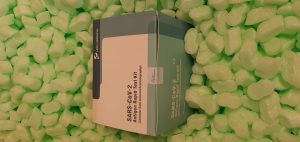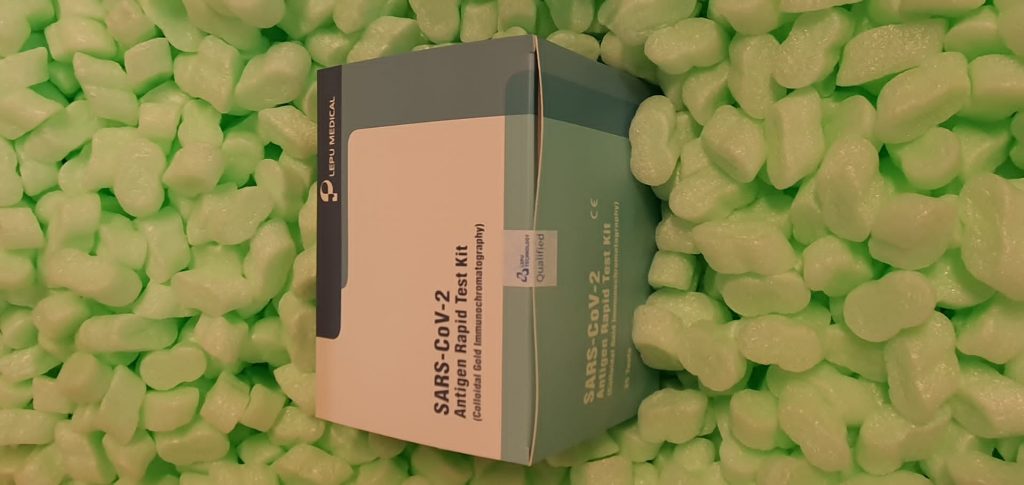A triazine-based covalent organic porous polymer (COP) was synthesized from the monomers 1,3,5-triphenylbenzene and tricyanogen chloride through the Friedel-Crafts response and characterised intimately utilizing Brunauer-Emmett-Teller evaluation, X-ray photoelectron spectroscopy, elemental evaluation, and scanning electron microscopy, which confirmed that the COP had a tough floor and appropriate extraction web site. It was then employed in in-tube solid-phase microextraction mixed with a high-performance liquid chromatography-diode array detector.
The COP adsorbent was evaluated with differing kinds of analyte, together with estrogens, polycyclic aromatic hydrocarbons (PAHs), and plasticizers. The COP produced its greatest efficiency with PAHs. In order to receive the highest extraction effectivity for PAHs, the important influential elements had been optimized. Furthermore, a delicate analytical technique was established with the limits of detection of 0.004-0.010 µg L-1, excessive enrichment issue of 1110-2763, and vast linear ranges (0.013-20.Zero µg L-1, 0.016-20.Zero µg L-1 and 0.033-20.Zero µg L-1).
Sample introduction technique was studied to scale back the extra-column impact in reversed-phase HPLC. Slow transport of a pattern band (SToSB) in the pre-column area adopted by the introduction of the band into the column at a near-optimum stream charge resulted in bigger plate counts for a 1.Zero mmID, 5 cm lengthy column as a lot as 1.4-1.6 instances for solutes with a retention issue (ok) of 0.5-1.Eight in contrast to a standard elution technique. Further discount of the extra-column impact was doable by orthogonally splitting the pattern band (SplSB) by stream switching throughout its sluggish transport adopted by the introduction of the main half of the band into the column.
In this case, elevated plate counts of up to 2-Three instances for solutes with ok of 0.5-1.Eight had been noticed for a 1.Zero mmID, 5 cm column. The pattern introduction technique, SToSB in the injector and the pre-column tube of a number of μL, was discovered to scale back the extra-column band variance by 0.4-0.5 μL2 for an UHPLC system with the extra-column quantity (Vadditional) of ca. 4.6 μL and the system variance (σadditional2) of 1.1 μL2 at stream charge of 100 μL/min, whereas SToSB and subsequent SplSB had been discovered to be more practical, lowering σadditional2 by about 0.Eight μL2.
Magnetic polyamidoamine dendrimers for magnetic separation and delicate dedication of organochlorine pesticides from water samples by high-performance liquid chromatography
Organochlorine pesticides (OCPs) have obtained a lot consideration due to their toxicity. Reliable strategies to monitor their residues in the setting are wanted. Here, magnetic polyamidoamine dendrimers had been ready by co-precipitation, Michael addition, and amidation. The magnetic polyamidoamine dendrimers demonstrated good adsorption capacity for OCPs-this function was utilized to assemble a delicate instrument for monitoring OCPs in water samples.
The proposed technique offered exceptional linearity from 0.1 to 500 μg/L and passable limits of detection from 0.012 to 0.029 μg/L. The spiked recoveries of the 4 goal analytes had been 91.8%-103.5% with relative commonplace deviations lower than 4.5%. The magnetic supplies had good reusability. The outcomes indicated that the ensuing technique was an environment friendly, straightforward, fast, economical, and eco-friendly instrument for monitoring OCPs in aqueous samples.

Rapid Underivatized Method for Quantitative Methylmalonic Acid by Liquid Chromatography-Tandem Mass Spectrometry

